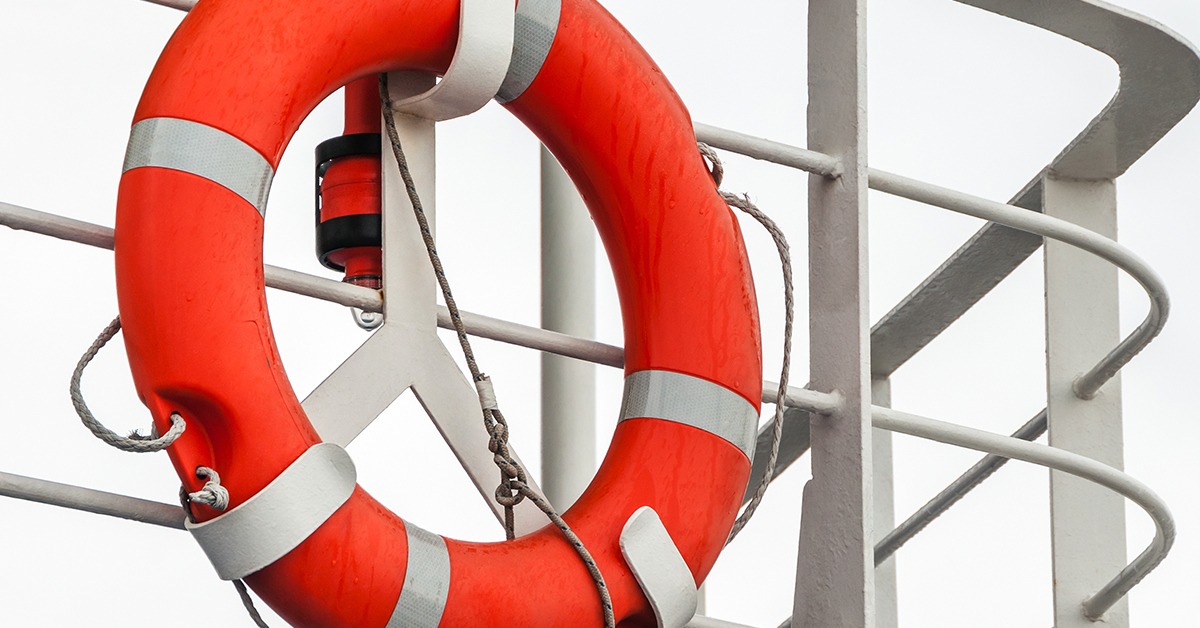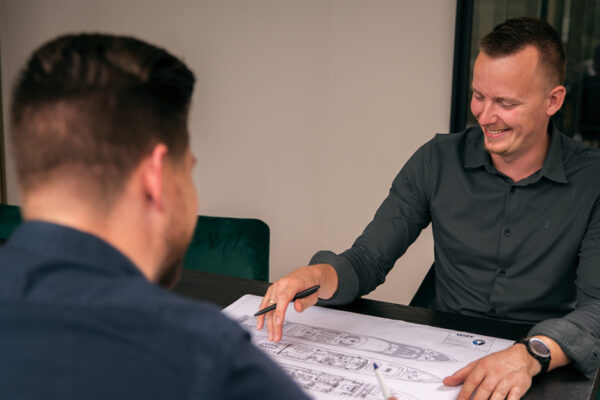
In the vast expanse of the open seas, safety on board ships is not just a consideration; it’s a paramount necessity. Safety plan drawings, a meticulous product of engineering precision, form the backbone of maritime safety. This blog sets sail into the world of safety planning on ships, shedding light on how engineering intricacies play a crucial role in creating these plans.
Engineering a Fortress of Safety
Safety plan drawings start with the very blueprint of the ship. Engineers play a pivotal role in ensuring that the vessel is not only structurally sound but also designed with safety in mind. Meticulously planned evacuation routes, strategically located life-saving equipment, and emergency exits are all facets of the engineering process that directly influence safety plans. The structural design of the ship must facilitate the swift and secure evacuation of crew members in the event of an emergency.
Engineering safety plans extend to fire safety systems, a critical component for safeguarding lives and the vessel itself. Engineers design and integrate fire suppression systems, escape routes, and compartmentalization measures that are meticulously depicted in safety plan drawings. These engineered solutions ensure that the ship is well-equipped to prevent, contain, and respond to fires effectively.
The Art of Meticulous Planning – Engineering in Action
Meticulous safety plans leave no room for ambiguity. Every detail, from the location of life jackets to the operation of emergency communication systems, is meticulously planned and illustrated in safety plan drawings. Engineers work with precision to ensure that each element is accurately represented, leaving no margin for misunderstanding when it comes to implementing these safety measures.
Human Factors Engineering
Beyond physical structures, safety plans also consider human factors. Engineers apply principles of human factors engineering to design spaces that are intuitive to navigate during emergencies. This includes the placement of signage, the clarity of instructions, and the ergonomics of emergency equipment. Human factors engineering, seamlessly integrated into safety plans, enhances the overall effectiveness of safety measures.
Navigating Safe Horizons
In conclusion, safety plan drawings on ships are a testament to the marriage of engineering prowess and maritime safety. Meticulously crafted by engineers, these plans serve as visual guides to safeguard lives and protect the vessel. The importance of making safety plans meticulous lies in their real-world impact during emergencies. Engineering, with its attention to detail and commitment to precision, is the compass that ensures ships navigate the seas with safety as the guiding star. As technology advances and maritime regulations evolve, the role of engineering in shaping meticulous safety plans becomes increasingly pivotal, reflecting the industry’s unwavering commitment to the well-being of those who call the sea their workplace.






More articles